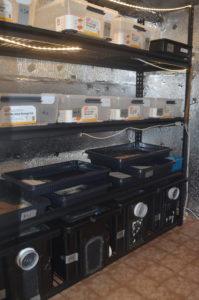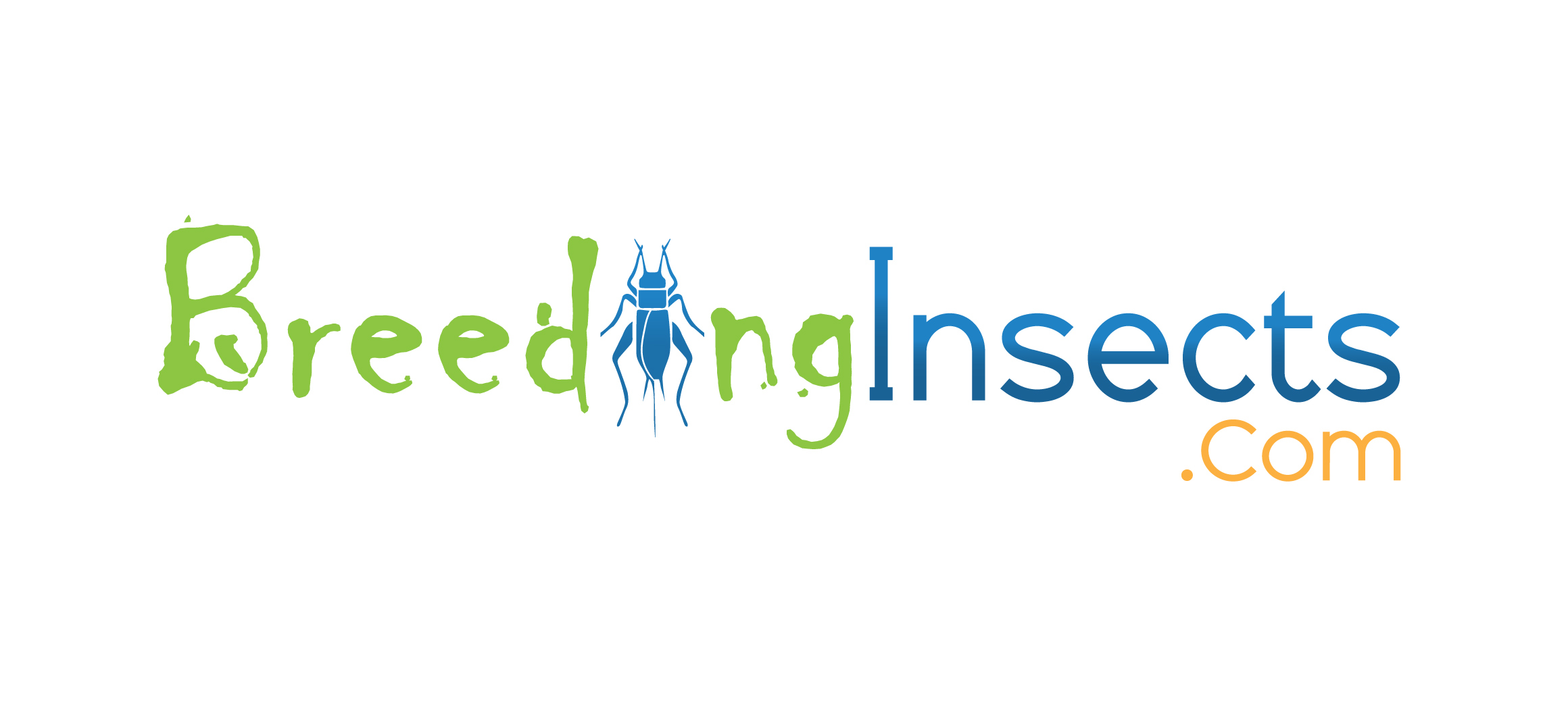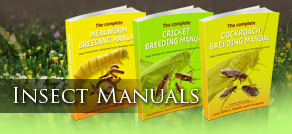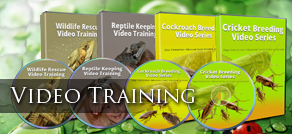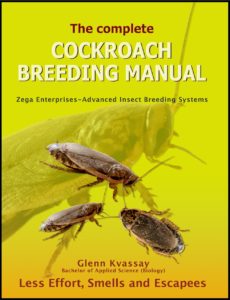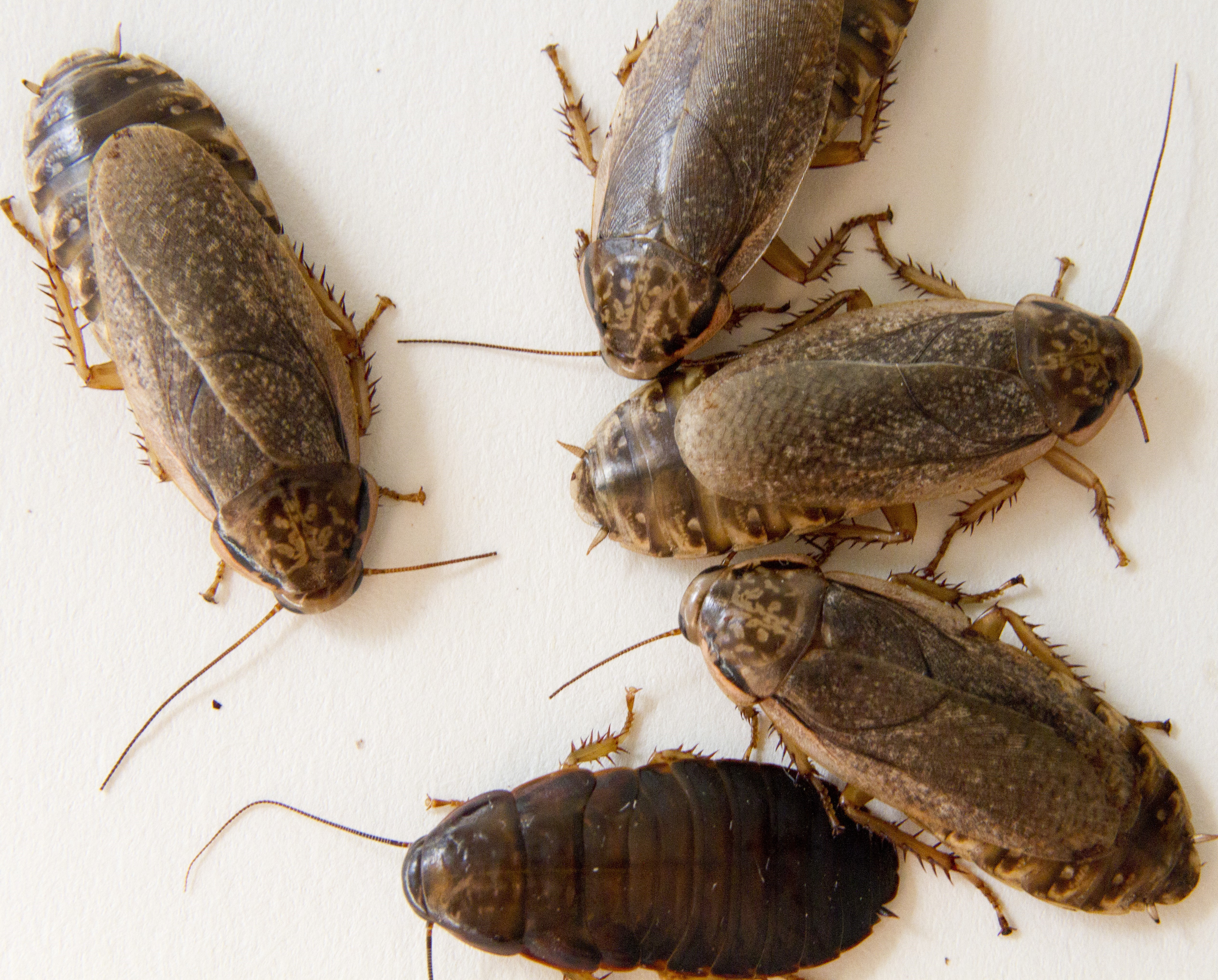
Lesson 1- Biology
Biology and Behavior
Cockroaches are a diverse group of insects which are found in a wide range of habitats and have diverse behaviors. Taxonomically (classification), they belong to the Kingdom Animalia (animals), Phylum Arthropoda (segmented invertebrate), Class Insecta (insects), and Order Blattodea (cockroaches). Each species has its unique biology and behavior, some of which are described in the Species Selection section outlined below. Some of the more common features shared by most cockroaches are described below:
Food- Are omnivorous eating a wide range of foods including animal and plant food sources. Food items include, fruit, meat, human left overs and leaves. In captivity, providing a combination of dry foods (i.e. cat/dog/chicken layer pellets) and wet foods (carrots, potato, apple, sweat potato, cabbage leaves etc.) is the best combination.
Food- Are omnivorous eating a wide range of foods including animal and plant food sources. Food items include, fruit, meat, human left overs and leaves. In captivity, providing a combination of dry foods (i.e. cat/dog/chicken layer pellets) and wet foods (carrots, potato, apple, sweat potato, cabbage leaves etc.) is the best combination.
Water- Cockroaches will not survive long without water, but can survive approximately 3-4 weeks if given water and dry food. Providing water from a dispenser and through wet foods is best, however they can survive fine if provided with wet food daily.
Housing- When given the choice, cockroaches will inhabit moist, warm, dark habitats close to food and water.
Breeding- Most roaches are oviparous, with the eggs being located outside of the mother’s body. This commonly referred to as “live bearing”. The eggs are carried in an egg sac (ootheca), which are attached to her abdomen. Often the eggs are hidden or dropped just before they hatch. Other species carry their eggs after they are born. Some species continue to carry the hatching eggs and care for their young after they are born. It is important that this egg sac remain moist otherwise the eggs will not develop properly. Some species are ovoviviparous, with the ootheca located inside the mother’s body.
Young– Newly hatched roaches, are known as nymphs.When born their exoskeleton has not hardened and is white in color. At this stage they are prone to dehydration. Shortly after birth the exoskeleton hardens and they resemble small, wingless adult roaches.
Molting– Nymphs undergo a number of molts before becoming adults. The period between each molt is known as an instar. Each instar results in the cockroach becoming more adult like.
Lifespan– Some species live for a few months, others live for more than 2 years.
Fast track cockroach breeding with 14 Years experience and the Worlds most comprehensive cricket/cockroach breeding book. Have a First Hand Look at the Book in This Video.
Predators-In the wild cockroaches are predated on by a wide range of insectivorous animals such as reptiles, mammals, birds and predatory insects (wasps, prey mantis). The spores of Entomopathogenic fungi attach to cockroaches slowly consuming their insect prey. This is thought to be why cockroaches clean themselves regularly.
Behavior- Most species can flatten themselves in order to bit in tight crevices or through floor boards. Cockroaches by nature do not like to be out in the open and will scuttle towards cover when exposed.
Communication-Cockroaches produce pheromones (chemicals) as a form of communication. These chemicals attract other cockroaches, with many species cohabiting the same area.
Substrate-Many species enjoy living in substrate (soil, leaves), however it is not recommended to add this in captivity, as it is hard to clean, quickly becomes unhygienic and makes collecting animals for harvest difficult.
Temperature- Most species kept in captivity are from tropical areas, requiring a minimum temperature of 20-25 degrees. Productive breeding will require higher temperatures between 30-35 degrees Celsius. Low temperatures is one of the main reason, a colonies productivity drops off, or you get deaths.
Humidity- Most species require medium to high humidity ranges which can be obtained from a water source (i.e. water dispenser) or wet foods. Humidity is important to prevent dehydration and to facilitate molting. Once a cockroach has lost its old protective exoskeleton, it is prone to dehydration. Where cockroaches are dying during their molt, humidity should be increased. Too much humidity can create harmful pathogens such as fungi, bacteria and mites.
Harvesting- A cockroach colony can take 6 months or longer to become fully established, with a full range of animals. Avoid taking a large number of animals until the colony is operating optimally.
Containing Cockroaches- Some species of cockroaches are very efficient at climbing most plastic and glass surfaces. Barrier creams can be smeared to the top inner surface of a container (5cm wide) to prevent them from escaping. Vaseline and olive oil can be used, however they become messy collecting detritus etc. An alternative product is painting Fluon which is difficult for cockroaches to climb.
Species Selection and Anatomy
A number of different species of cockroach are bred around the world for private and commercial production. We have so much more information to share with you that is simply isn’t possible to include all of it into an email. For further details please visit our Species Selection and Anatomy pages
Now that you know a little more about what makes cockroach tick, in our next lesson we will look at how to breed them. To fast track being self-sufficient in live foods, you can purchase the most comprehensive cockroach Breeding book at our Buy Now page.
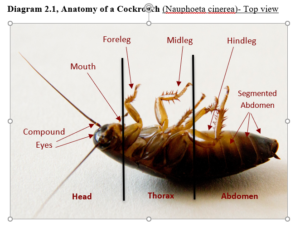
The Worlds most Comprehensive Cockroach Breeding Guide
With around 100 pages and 145 color photos our cockroach breeding book set the benchmark for cockroach breeding. To see why our book is the most comprehensive book you can buy on the topic, click Here or to purchase click Here. In this link we will provide you with:
- A Book sample with includes the books contents.
- 50 techniques our books will provide you to save time and effort.
- How to access free videos when you purchase the books
- How to breed crickets and cockroaches using the same materials.
Guided online tour of the Worlds most comprehensive Cricket Book
Why not Turn an Expense Into Income?
For Information and advice on commercial production, Click Here. We have been breeding insects to Zoos, Wildlife carers, pet stores and the public for over 14 years.
We can show you how to build a profitable insect business. See below how you can follow our latest project converting a 20 foot caravan into a profitable insect business.
